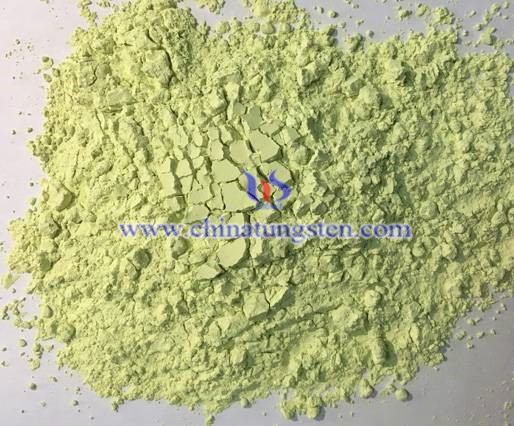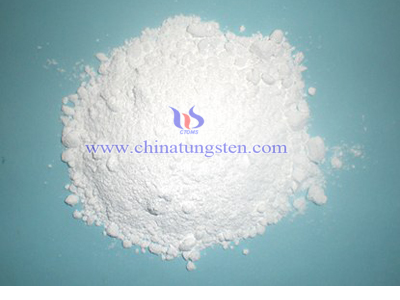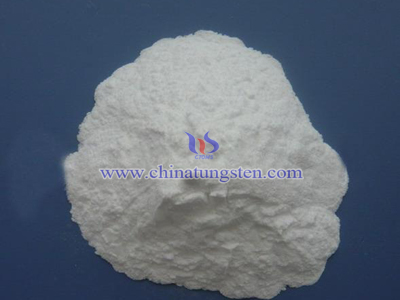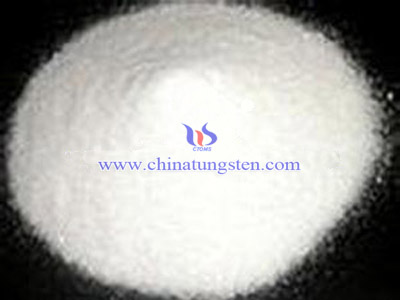GDMS for Measuring Impurities in High-Purity Tungsten Oxide
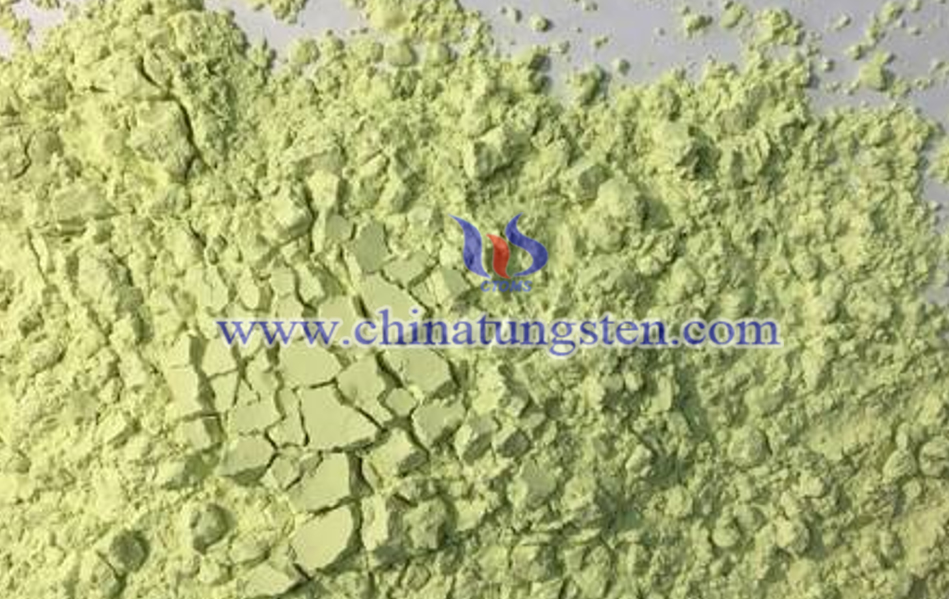
High-purity tungsten oxide can be processed into high-purity tungsten powder, which is used as a solid target for neutron source materials, in thermonuclear experimental reactors, and as divertor materials in fusion reactors. The electronic properties of high-purity tungsten powder largely depend on its impurity content. For instance, iron (Fe) can affect ion orbits in magnetron sputtering, uranium (U) and thorium (Th) can cause "soft errors" in memory circuits, carbon (C) can react with tungsten (W) at high temperatures to form tungsten carbide (WC), leading to wear, oxidation, and cracking, and alkali metals (such as lithium (Li), sodium (Na), potassium (K), rubidium (Rb), cesium (Cs), and francium (Fr)) can reduce the target material’s conductivity. Therefore, accurate detection and control of trace impurity elements in high-purity tungsten oxide are essential.
Currently, the main methods for detecting impurity elements in high-purity tungsten oxide are Inductively Coupled Plasma Mass Spectrometry (ICP-MS), Laser Ablation Inductively Coupled Plasma Mass Spectrometry (LA-ICP-MS), and GDMS. Although ICP-MS is easy to quantify, it requires complex sample preparation involving dissolution and dilution. LA-ICP-MS uses laser ablation as a sampling method for ICP-MS, allowing direct solid analysis with minimal sample preparation, generally for semi-quantitative analysis. GDMS, with its direct solid sampling capability, avoids impurity introduction during dissolution and dilution processes, and can simultaneously measure most elements, making it particularly suitable for rapid analysis of multiple impurity elements in high-purity materials.
GDMS consists of a glow discharge ion source and a mass spectrometer. In the GDMS ion source, the cathode is a flat surface sample, and argon gas is introduced at a pressure of 10 Pa to 1000 Pa. Under high voltage, the argon ionizes and accelerates toward the sample surface, causing sputtering, which removes atoms from the sample—a process known as cathodic sputtering. These atoms enter the plasma, undergo collisions, and form positive ions, which then enter the mass spectrometer for separation and detection. The GDMS system shows minimal sensitivity differences among elements, typically within a tenfold range, and has a wide dynamic range of approximately 10–12 orders of magnitude. Consequently, even without standard samples, GDMS can provide accurate multi-element semi-quantitative results, making it highly advantageous for the semi-quantitative analysis of ultra-pure samples.

